If you’ve ever owned a car that kept firing up on a freezing morning, ran quietly for years, and didn’t constantly bleed your wallet with repairs, chances are the engine under the hood was special.
Reliability in a V6 is about engineering choices, mass production, and proven track records. Some of the best V6s have powered millions of vehicles, won technical awards, and racked up more than 200,000 or even 300,000 miles in real-world use.
With that said, we prepared a deep look at V6 engines that built reputations for lasting power. You’ll see context, maintenance notes, and honest callouts of weak spots.
The list avoids hype and focuses on evidence: long production runs, design choices, awards, and real mileage data.
Several factors set the winners apart: The Nissan VQ is often considered the benchmark modern V6. From the mid-1990s through the 2000s, it was nearly unbeatable on Wards 10 Best Engines list – appearing from 1995 through 2008 without missing a year. That kind of consistency doesn’t happen by accident. From Camry sedans to Sienna vans to Lexus models, the Toyota 2GR has been everywhere since the mid-2000s. It’s chain-driven, aluminum, and designed for low-stress torque: perfect for family haulers. Later versions added dual injection (D-4S) without hurting durability. Few engines scream “North American reliability” like the GM 3800. This iron-block pushrod V6 was simple, torque-rich, and cheap to maintain. Many Buick, Pontiac, and Chevy sedans crossed 200k miles without breaking a sweat. Launched in 2011, the Pentastar became Stellantis’s bread-and-butter V6 across Jeep, Ram, Dodge, and Chrysler. It won multiple Wards 10 Best awards, and by 2019, over 10 million units had been built. The VR6 was quirky but brilliant: a narrow-angle V6 that fit under a compact hood with a single cylinder head. Known for its throaty sound and durability, it ran for 34 years until 2024, with nearly 1.9 million built. Honda’s J-series has powered everything from Odyssey minivans to Acura sedans. Smooth and efficient, it also earned multiple Wards 10 Best trophies. Ask a 4Runner or Tacoma owner, and you’ll likely hear the same thing: the 5VZ-FE just keeps going. Built in the 1990s and early 2000s, this iron-block DOHC V6 was tuned conservatively for durability. The successor to the 5VZ, the 1GR-FE powered 4Runners, Tacomas, and even Land Cruisers. Chain-driven with Dual VVT-i in later years, it offered a balance of power and longevity. Rooted in the Chevy small-block, the 4.3 carried decades of reputation in pickups, vans, and later Silverado/Sierra. Even marine engines used it. The modern LV3 variant still echoes the same DNA. Debuting in the late 1990s, the M112 replaced the inline-six and brought chain-driven durability to Mercedes sedans and SUVs. Unlike its successor, the M272, it avoided major design flaws and remains a favorite among mechanics. What ties all these engines together isn’t just strong design – it’s restraint. Instead of chasing extreme output, manufacturers kept compression and stress moderate. Combined with chain drives, robust oiling, and mass production, that meant not only durability but also affordable maintenance for owners. Millions of vehicles still run these V6s daily. And if you’re hunting for a used car or truck, they’re among the safest bets you can make.Quick Reference Table
Engine
Years in Market
Vehicles
Highlights
Issues
Nissan VQ
1995-present
Maxima, Altima, 350Z, Infiniti
DOHC, chain drive, parts support
Early VQ35 oil use
Toyota 2GR
2005-present
Camry, Avalon, Sienna, Tacoma, Lexus
Chain drive, D-4S injection
Oil cooler hose failures
GM 3800
1995-2008
Buick, Pontiac, Chevy sedans
Iron-block OHV, simple
Intake gasket failures
Chrysler Pentastar
2011-present
Jeep, Ram, Chrysler, Dodge
Aluminum DOHC, chain drive
Early head issues
VW VR6
1991-2024
Golf, Corrado, Atlas, Passat
Narrow-angle design
Chain guide wear
Honda J35
1999-present
Odyssey, Pilot, Acura TL/MDX
SOHC VTEC
VCM oil use
Toyota 5VZ-FE
1995-2004
Tacoma, 4Runner, T100
Iron block, belt drive
Timing belt service
Toyota 1GR-FE
2003-present
4Runner, Tacoma, Prado
Chain drive, VVT-i
Cooling and seals
GM 4.3
1985-present
Silverado, vans, marine
OHV roots, later LV3
Intake/sensor issues
Mercedes M112
1997-2006
C/E-Class, M-Class
Chain drive, conservative
Harmonic balancer checks
How We Chose the Engines
1. Nissan VQ Series V6 (VQ30, VQ35, VQ37)
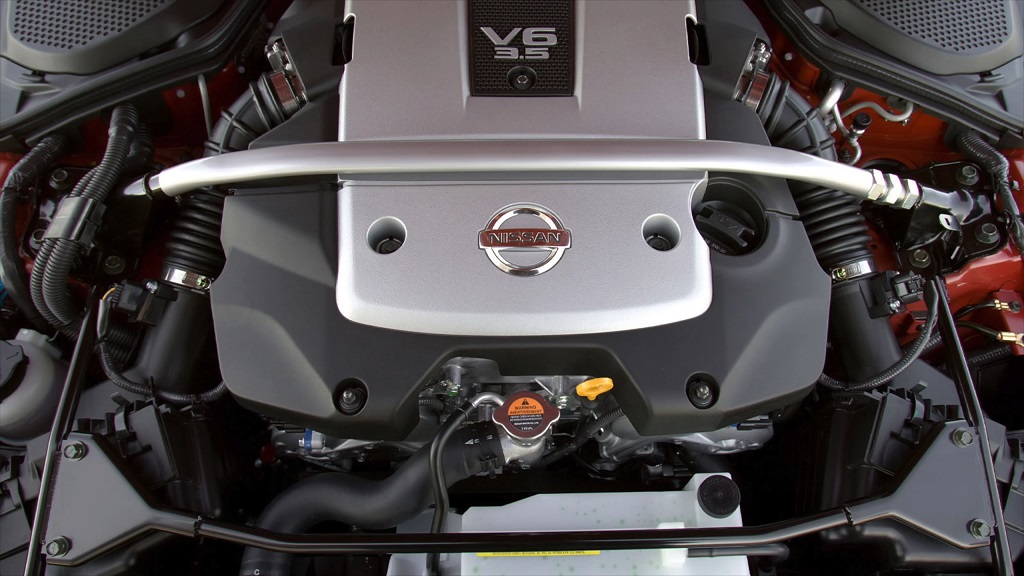
Why It Lasts
What to Watch
2. Toyota 2GR 3.5-Liter V6 (2GR-FE, 2GR-FSE, 2GR-FKS)
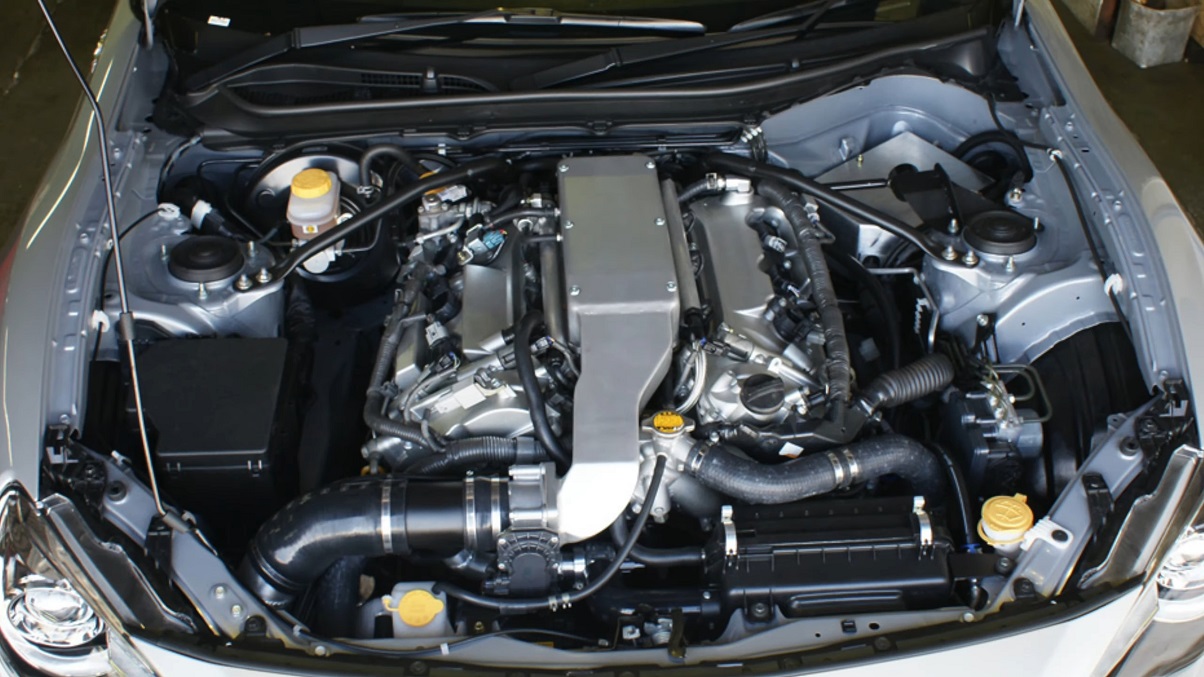
Why It Lasts
What to Watch
3. GM 3800 Series II & III (Buick 3.8 V6)
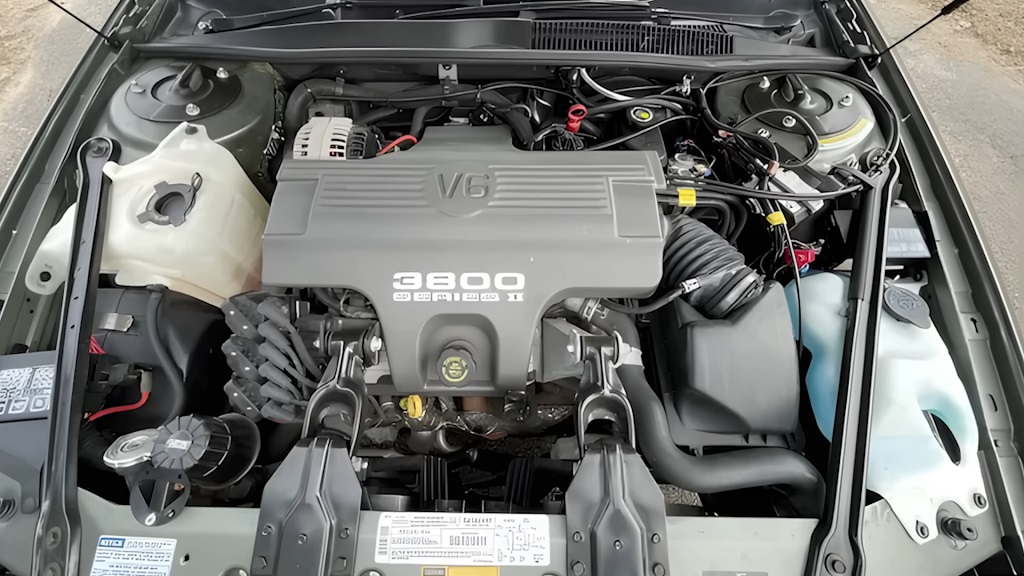
Why It Lasts
What to Watch
4. Chrysler 3.6 Pentastar V6
Why It Lasts
What to Watch
5. Volkswagen VR6 (2.8-3.6)
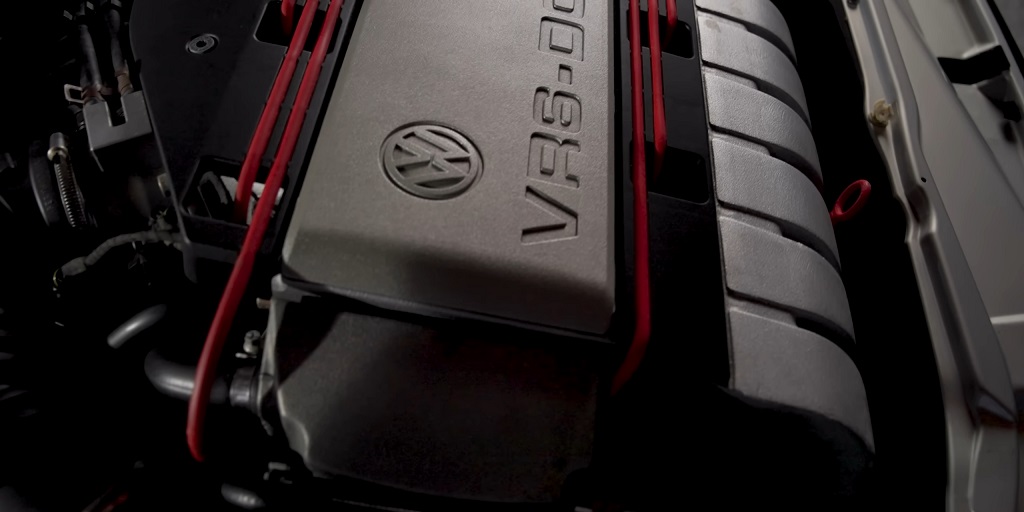
Why It Lasts
What to Watch
6. Honda J35 3.5-Liter V6
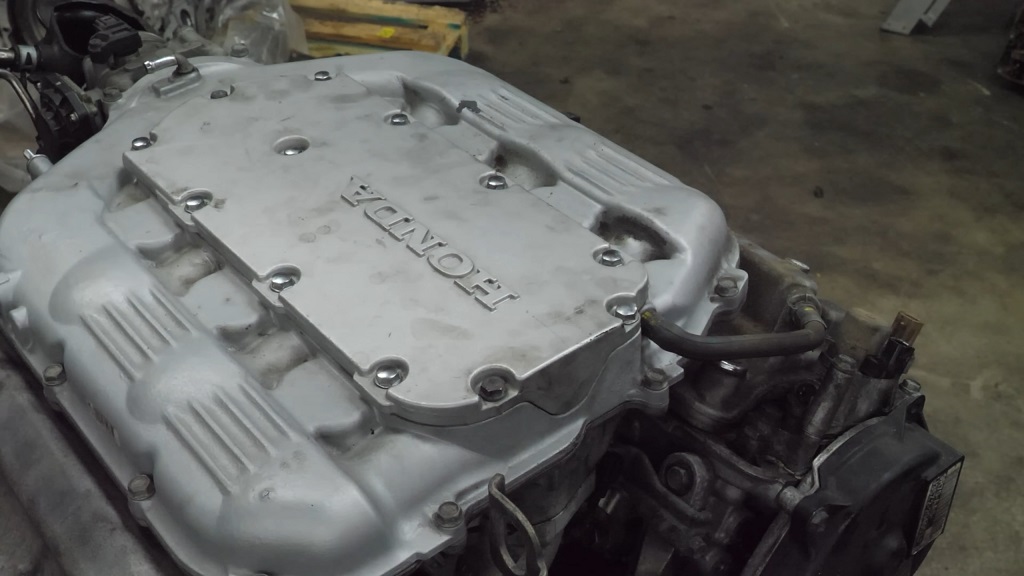
Why It Lasts
What to Watch
7. Toyota 5VZ-FE 3.4-Liter V6
Why It Lasts
What to Watch
8. Toyota 1GR-FE 4.0-Liter V6
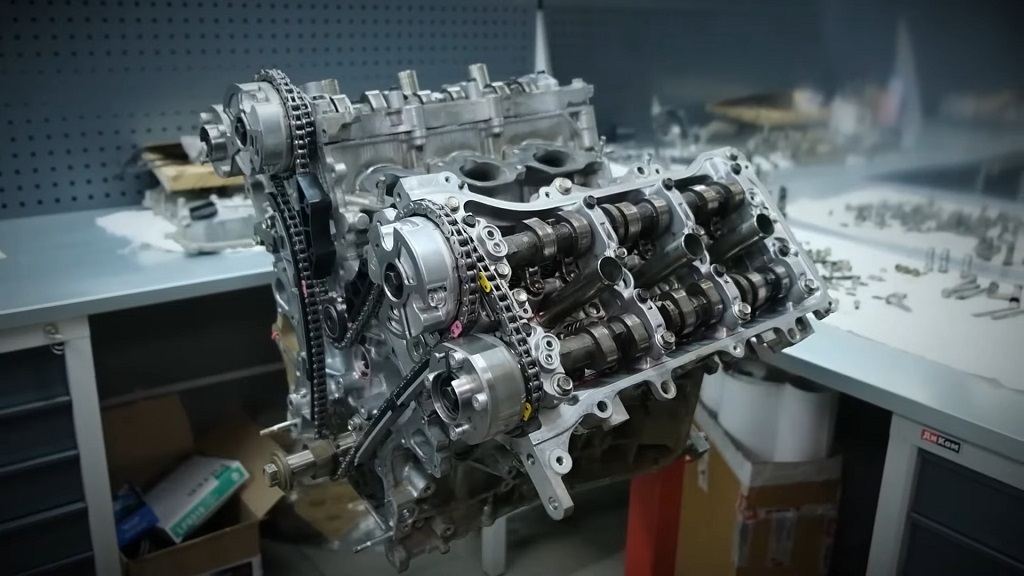
Why It Lasts
What to Watch
9. GM 4.3-Liter V6 (Vortec & LV3 EcoTec3)
Why It Lasts
What to Watch
10. Mercedes-Benz M112 V6
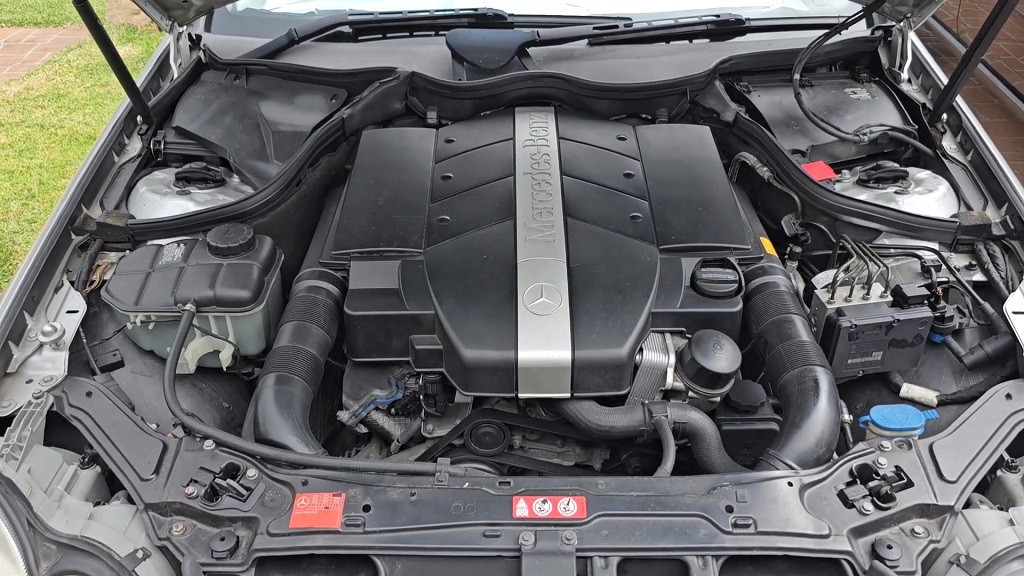
Why It Lasts
What to Watch
How to Shop a High-Mileage V6
Why These Engines Still Matter
